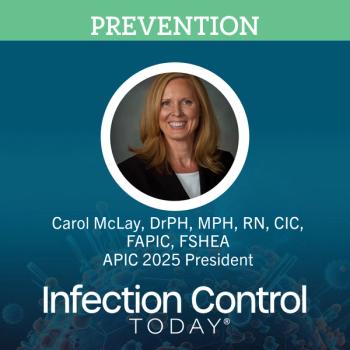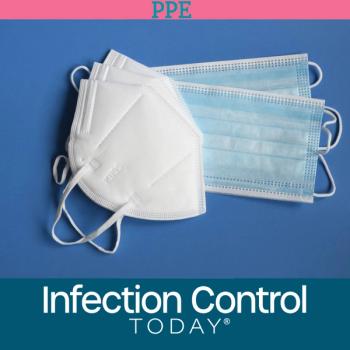
Expensive Hospital Readmissions Linked to Healthcare-Associated Infections
New research finds a strong link between healthcare-associated infections (HAIs) and patient readmission after an initial hospital stay. The findings, published in the June 2012 issue of Infection Control and Hospital Epidemiology, suggest that reducing such infections could help reduce readmissions, considered to be a major driver of unnecessary healthcare spending and increased patient morbidity and mortality.
Although much attention has been directed toward hospital readmissions and healthcare-associated infections as potentially preventable conditions and targets to reduce healthcare spending, to our knowledge, no studies have directly assessed the association between the two, write the studys authors, from the University of Maryland and Oregon State University.
The researchers, led by Jon Furuno, PhD, tracked 136,513 patients admitted to the University of Maryland Medical Center over eight years (2001-2008). The study reviewed the number of patients readmitted within one year after discharge, as well as the number of patients with positive cultures for one of three major HAIs: methicillin-resistant Staphylococcus aureus (MRSA), vancomycin-resistant enterococci (VRE), or Clostridium difficile (C. difficile) more than 48 hours after admission, considered a proxy for an HAI.
The researchers identified 4,737 patients with positive clinical cultures for MRSA, VRE or C. difficile after more than 48 hours following hospital admission. These patients were 40 percent more likely to readmitted to the hospital within a year and 60 percent more likely to be readmitted within 30 days than patients with negative or no clinical cultures. This disparity was evident even after controlling for variables, including age, sex, length of hospital stay, and severity of illness.
The potential to reduce readmissions along with other known benefitslower patient morbidity, mortality and healthcare costsmay provide additional impetus to reduce healthcare-associated infections, Furuno says. In addition, the authors suggest patients with positive HAI cultures could be targeted to receive additional discharge planning resources to help reduce the likelihood of readmission.
The study had several limitations. For example, the researchers were not able to track patients who were readmitted to different facilities. However, these limitations result in a more conservative measurement of the association between HAIs and readmission and thus, the true association between these variables is likely higher than was reported in this study.
For more information on best practices and strategies for prevention of common HAIs, review SHEAs Compendium of Strategies to Prevent Healthcare-Associated Information in Acute Care Hospitals, as well patient guides on preventing HAIs, available at
Reference: Carley B. Emerson, Lindsay M. Eyzaguirre, Jennifer S. Albrecht, Angela C. Comer, Anthony D. Harris, Jon P. Furuno. Healthcare-Associated Infection and Hospital Readmission. Infection Control and Hospital Epidemiology 33:6. June 2012.
Newsletter
Stay prepared and protected with Infection Control Today's newsletter, delivering essential updates, best practices, and expert insights for infection preventionists.






